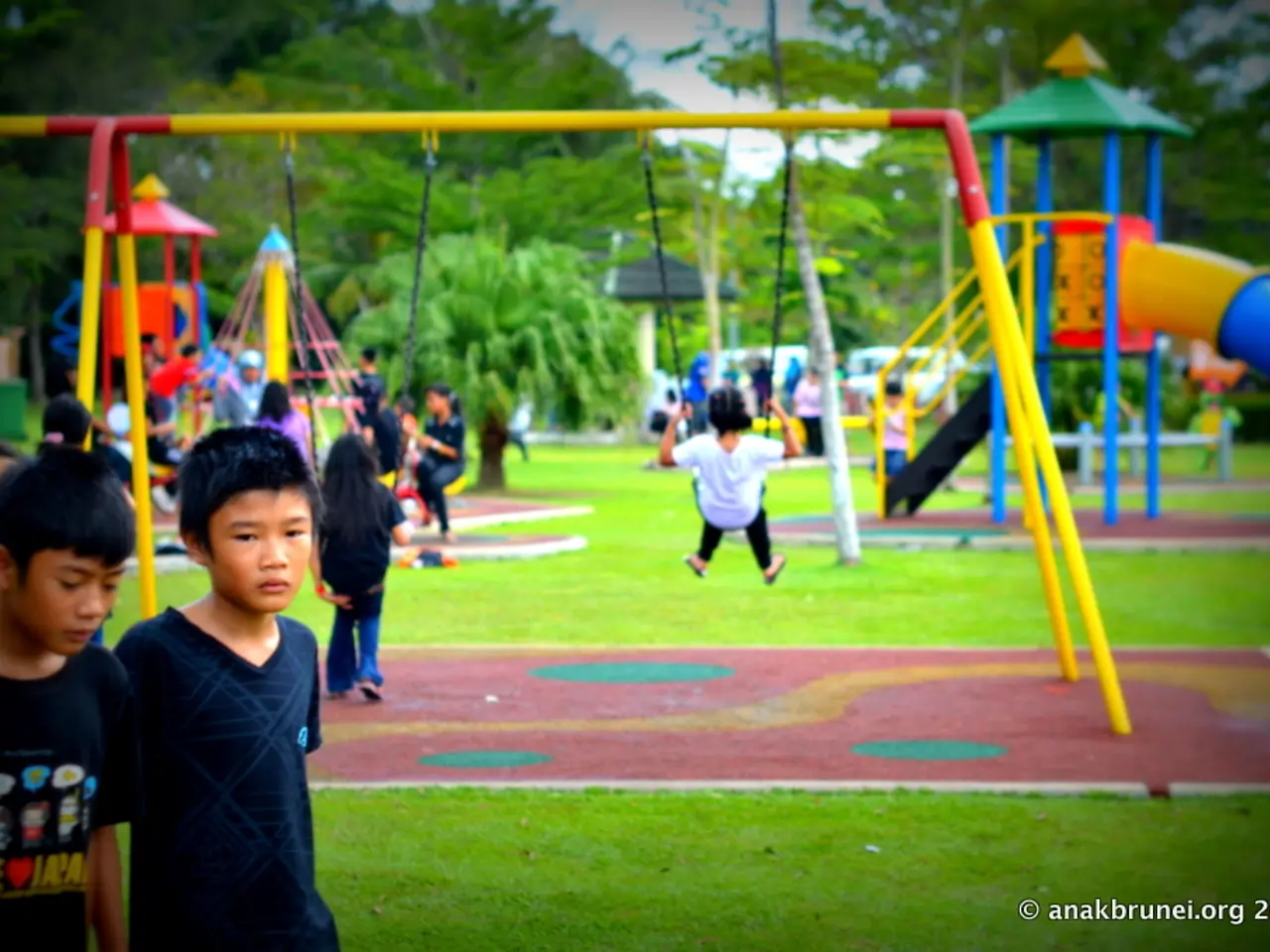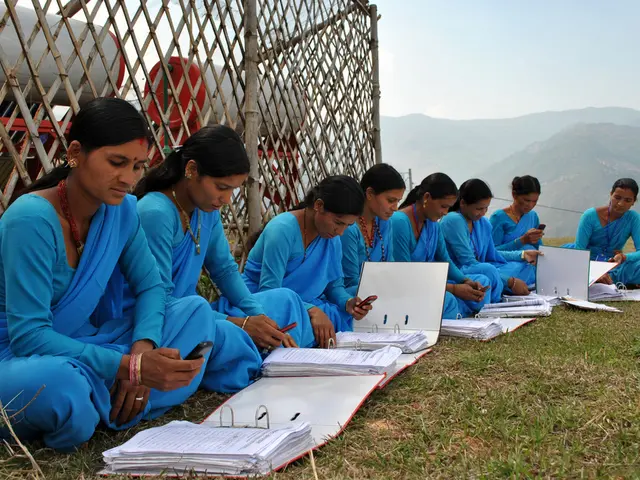Encouraging Child Participation in Your Exercise Regimen
In the quest for a healthier lifestyle, families can find a unique solution in incorporating fitness activities together. A blend of fun, play, and exercise can create an engaging environment that fosters lifelong health benefits and strengthens family bonds.
Regular physical activity from a young age is crucial for building strong bones, improving heart health, and maintaining a healthy weight. For children, exercise also plays a significant role in developing motor skills, coordination, and balance. Moreover, it enhances mental well-being by boosting energy, focus, and confidence, and helping children manage anxiety and overstimulation.
To make family fitness effective and enjoyable, consider the following strategies:
**1. Make Fitness Fun and Playful**
Transform workout sessions into games by designing obstacle courses using household items like pillows, ropes, or sidewalk chalk. Kids can jump, crawl, and balance, making it a fun challenge while building agility and coordination. Organize family “field days” with games like jump rope, sprints, and balance challenges, and add friendly competitions such as relay races, three-legged races, or water balloon tosses.
Playing sports like basketball, soccer, frisbee, or baseball in the yard or at a park can also be a great way to incorporate fitness. Use chalk to create targets for kicking or throwing games to add an extra layer of excitement.
**2. Incorporate Movement into Daily Routines**
Turn up the music and dance together during dance breaks, a joyful way to raise heart rates and boost mood. Try playful exercises like crab walking or set up indoor soccer or volleyball with soft balls. Involving kids in gardening, walking the dog, or cleaning up the yard can also count as exercise and teach responsibility.
**3. Role Modeling and Routine**
Plan weekly family fitness sessions, ensuring consistency and making fitness a family habit. Parents who lead by example—by staying active and prioritizing health—encourage kids to adopt these behaviors. Celebrate achievements, no matter how small, to keep kids motivated and confident.
Tailor exercises to your child’s age and abilities to keep them safe and engaged. Rotate activities to prevent boredom and keep everyone interested. Joint participation reinforces the idea that fitness is a family value, not just a chore.
Incorporating kids into family fitness routines is a powerful way to foster lifelong health benefits and strengthen family bonds. By embracing these strategies, families can create fun, effective fitness routines that benefit everyone’s health and bring the family closer together.
- By turning workout sessions into games and designing obstacle courses, we can make fitness enjoyable for the entire family.
- Organizing family field days with games like jump rope, sprints, and balance challenges can create an engaging environment that fosters health benefits and strengthens family bonds.
- Playing sports like basketball, soccer, frisbee, or baseball with chalk targets for added excitement can enhance family fitness activities.
- Daily routines can be transformed into exercise opportunities with dance breaks, crab walking, indoor soccer or volleyball, gardening, walking the dog, or cleaning the yard.
- Parents can model good fitness habits by staying active and prioritizing health, encouraging children to adopt these behaviors.
- Celebrating achievments, no matter how small, can keep children motivated and confident in their fitness journey.
- Exercise from a young age benefits not only physical health but also mental well-being, helping children manage anxiety and overstimulation.
- Incorporating mindfulness practices like yoga and meditation into family fitness routines can promote flexibility and mental clarity.
- Strength training exercises, such as push-ups and squats, can be adapted for kids to help build muscles and improve overall fitness.
- Family fitness and exercise routines can extend to other aspects of family life, reinforcing the idea that health is a family value and a part of the family lifestyle, even impacting family dynamics and relationships within the home and garden.




